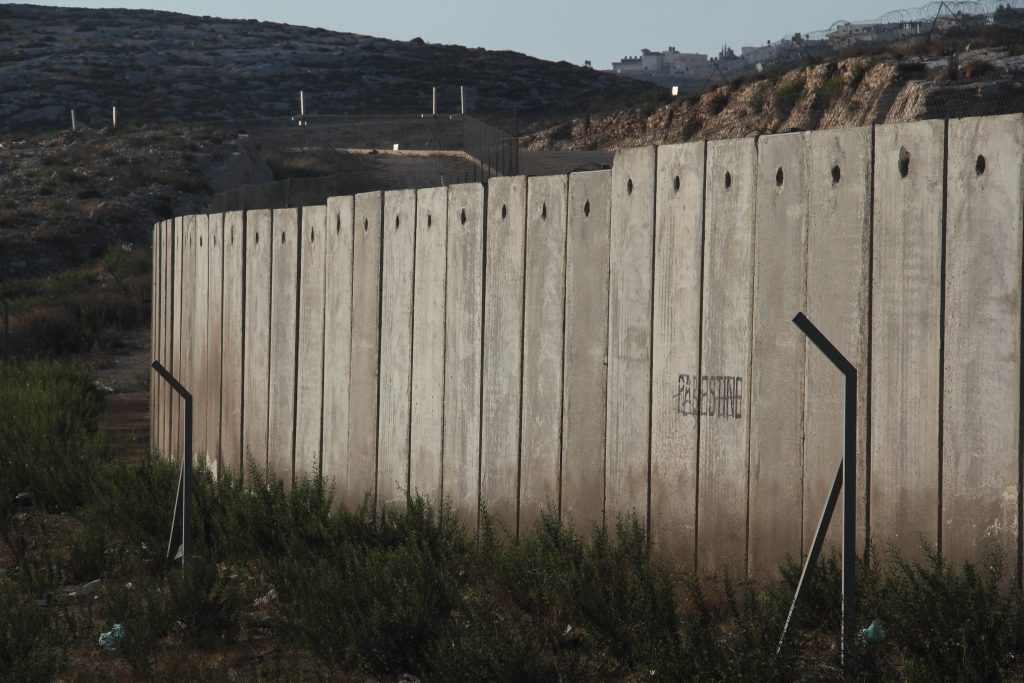Israeli occupation in Palestinian territories has placed severe limitations on the success of Palestinian economic policies.
Israeli occupation in Palestinian territories has placed severe limitations on the success of Palestinian economic policies.
The recent Al-Quds day had made the world shout again against the brutal undeniable injustice situation the people of Palestine has to suffer. However, besides war, what do we know about this oppressed nation? These days, the economic health of any country relies more or less on their ability – but the Palestinian Territories are exceptional. It is dependent on factors outside of them. Israeli occupation in Palestinian territories, the barrier and blockades it has constructed along and within the West Bank through the land, air, and sea have placed severe limitations on the success of Palestinian economic policies.
A complex web of checkpoints and roadblocks make it difficult for Palestinians to travel within the Palestinian Territories for jobs; to bank or to trade. Palestinian farmers whose land is now behind the barrier are required to apply for ‘visitor permits’ (which normally will be rejected by Israel). In 2013, World Bank reported that Israeli restrictions in the West Bank alone cost the Palestinian economy $3.4bn (£2.1bn) a year, or 35% of its GDP. Oxfam estimates that 800,000 olive trees have been uprooted by Israeli authorities since 1967. As a result, the 80,000 Palestinian families that the UN claims are economically reliant on the olive harvest lose $12.3m each year.

It was suggested that the economic outlook for the Palestinian territories is worrying, with GDP expected to further decrease this year compared to 2017 due to the persistence of the Israeli restrictions and the internal divide between the West Bank and Gaza. Real GDP growth of the Palestinian economy is projected to decline to 2.3% over the next two years. This modest growth implies a decline in real per capita income and an increase in unemployment.
Unemployment in the Palestinian territories continued to be high at 27% in 2017. In Gaza, it reached 44% compared to 18% in the West Bank. In 2017, only 41% of those aged between 15 and 29 were active in the labour market, reflecting high pessimism regarding employment prospects. Despite a low participation rate, unemployment amongst this category reached a staggering 60% in Gaza.
The latest poverty numbers for 2011 suggest that about 21% of the Palestinian population lives below the US $5.5 a day poverty line. Poverty is expected to have been volatile in the following years witnessing a strong increase after the war in 2014 before gradually declining to pre-crisis levels and then increasing again in 2017 due to the recent decline in incomes in Gaza.
Israel’s invasion in the Palestinian Territories means it can exercise enormous power over Palestinian livelihoods. Israel may have policies that hamper the Palestinian economy, but it is also a major source of Palestinian livelihoods. Unemployment is exceptionally high in the West Bank and the Gaza strip with almost 1 in 4 adults jobless. According to the latest report from the International Labour Office, some 87,000 Palestinians aged over 15 (around 10% of all those with jobs) are employed in Israel and its settlements.
The majority of these Palestinians are employed in the construction sector followed by manufacturing and agriculture – all of which tend to be characterised by insecurity. A survey by Palestine’s main trade union found that only 11% of workers in Israeli settlements said they had job security, over half received less than the minimum wage, and 65% had been exposed to toxic substances.

The estimated one million Palestinians who have emigrated since 1948 (as well as their children) serve as a vital lifeline for Palestinians who remain in the West Bank and Gaza Strip. As a percentage of its GDP, the Palestinian territories are one of the most dependent economies in the world on remittances. The latest data from IMF in 2010 shows $431m being transferred by workers employed abroad.
The Palestinian economy is dependent on international aid and around 4 in 5 Gazans rely on donations for their survival. As a result, when aid falls short of expectations and stated commitments as it did in 2012 (the Palestinian Authority received 80% of the $1 billion it was expecting in direct budget support), the results are deeply felt. The decline in international aid is cited as one of the key reasons that the West Bank’s GDP shrank in early 2013, for the first time in a decade.
Palestine had continued to be a country which suffers from rising political uncertainty, declining aid flows, ongoing restrictions, and insufficient investment. The unstoppable war and tragic events of the past few days highlight the uncertainties overshadowing the economy and people’s lives.





